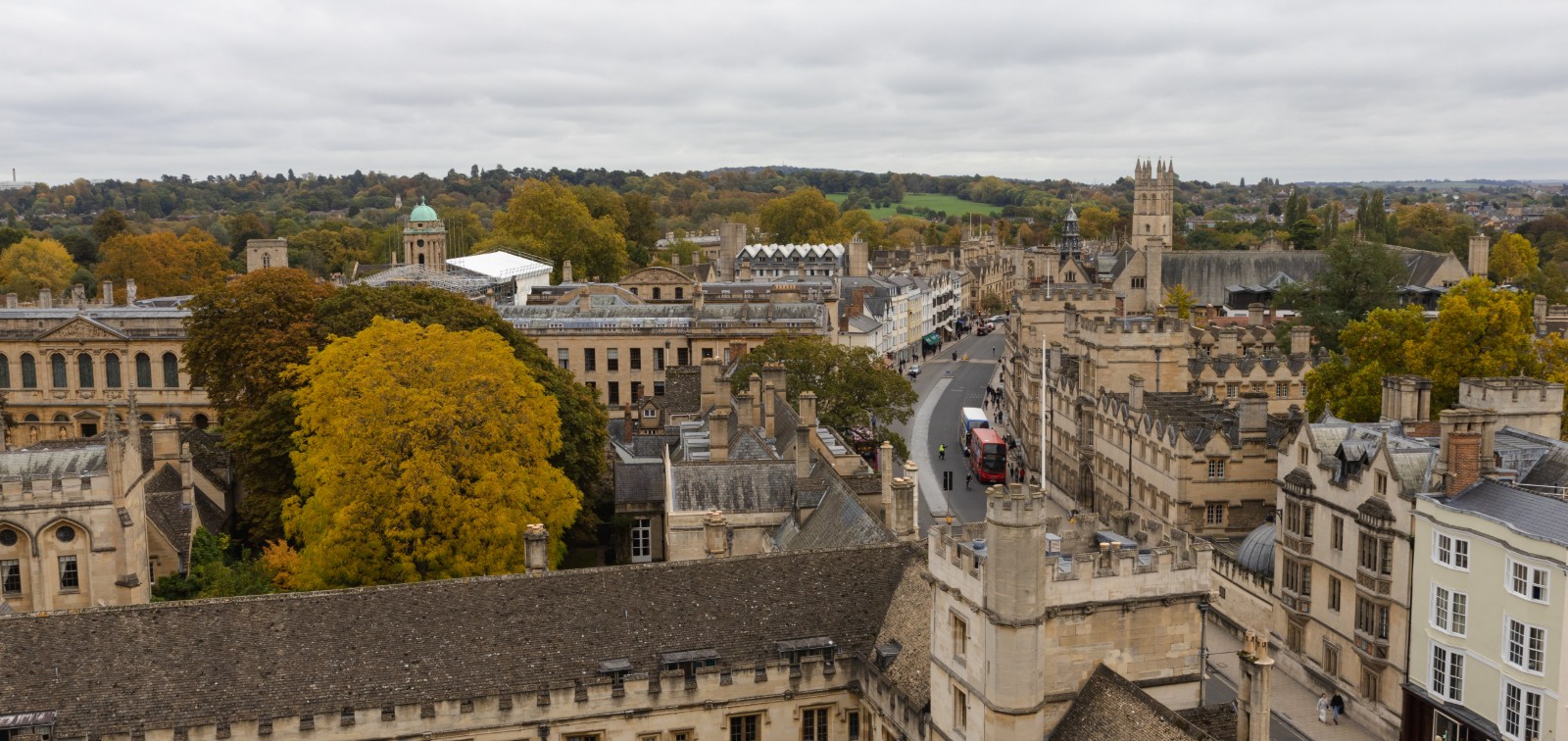No Association Found Between Long-Term Exposure to Green Spaces and Slower Progression of Arterial Stiffness
A new study analyses the association between the green space surrounding people’s homes and the progression of arterial stiffness with age
03.07.2020
A new study by the Barcelona Institute for Global Health (ISGlobal), a centre supported by Fundació ”la Caixa”, found no association between living in areas surrounded by green space and slower progression of arterial stiffness. The study, which was recently published in Environmental Health Perspectives, analysed data on 5,316 current and former members of the British civil service between 55 and 79 years of age who underwent two assessments of arterial stiffness four years apart.
Since the global population is ageing and arterial stiffness a key indicator of cardiovascular health, previous research had focused on finding ways to slow down the natural process by which vessel walls lose elasticity with age. These earlier studies identified physical activity, healthy weight and reducing exposure to air pollution and noise as factors that can influence the progression of arterial stiffness. But another potentially protective factor—green spaces such as parks, forests and community gardens—required further attention.
The new study, entitled "Long-Term Greenspace Exposure and Progression of Arterial Stiffness: The Whitehall II Cohort Study", investigated whether living in a place surrounded by green spaces, and therefore enjoying long-term exposure to these spaces, can slow the progression of arterial stiffness with age.
The study relied on data from 5,316 current and former British civil servants enrolled in the United Kingdom’s Whitehall II study. Since joining the cohort in 1985, participants have periodically undergone clinical examinations and completed questionnaires. The new study used data on arterial stiffness—specifically, carotid-femoral pulse wave velocity (cf-PWV)—collected in two medical examinations carried out in 2007-2009 and 2012-2013, respectively.
Residential surrounding green space was estimated using three different satellite-based indices of green space across buffers of 500 and 1,000 metres surrounding the participants’ homes.
The authors analysed the association between the green space indicators and baseline cf-PWV and four-year progression of cf-PWV, controlling for demographic, lifestyle and socioeconomic factors.
Despite the participants’ exposure to green spaces, statistically significant changes in arterial stiffness were not observed: the median cf-PWV increased from 8.1 m/s in 2007-2009 to 8.7 m/s in 2012-2013.
Although greater exposure to nearby green space was associated with lower arterial stiffness at the start of the study period, the association was not statistically significant. No consistent association was observed between residential surrounding green space and the progression of arterial stiffness.
However, further research is needed on this subject, since the study faced certain limitations. First, although the study population was very large, it was not sufficiently representative. Women and ethnic minorities, in particular, were underrepresented. Furthermore, "carotid-femoral pulse wave velocity was the only data available to characterise arterial stiffness," commented Carmen de Keijzer, a researcher at ISGlobal, Pompeu Fabra University (UPF) and CIBER Epidemiology and Public Health (CIBERESP) in Madrid and lead author of the study. "Although cf-PWV is considered the most clinically relevant marker of arterial stiffness and a strong predictor of incident cardiovascular events, it is not the only one."
Second, despite the longitudinal design of the study, the findings may also have been influenced by "the short follow-up period—just two assessments of arterial stiffness about four years apart—and the fact that previous accumulated exposure was not taken into account," added Maria Foraster, also a researcher at ISGlobal, UPF and CIBERESP and second author of the study. Another limitation was "the standardised assessment of green spaces on the basis of satellite images, which did not account for the type or quality of the vegetation or the actual use of the green space," commented Payam Dadvand, also a researcher at ISGlobal, UPF and CIBERESP and last author of the study.
"Although we did not observe any significant association between arterial stiffness and long-term exposure to residential surrounding green space, we believe that this subject requires further study in other environments and climates and over a longer period of time, since the existence of such an association seems plausible," added Foraster. Green space in a neighbourhood encourages physical activity, fosters social cohesion, reduces stress, improves mental health and may be associated with reduced exposure to air pollution and noise, all of which may protect against the progression of arterial stiffness. However, further research is needed to clarify these associations.
Reference
Carmen de Keijzer, Maria Foraster, Xavier Basagaña, Cathryn Tonne, Lucia Alonso Garcia, Antònia Valentín, Mika Kivimäki, Mark J. Nieuwenhuijsen, Jordi Alonso, Josep M. Antó, Archana Singh-Manoux, Jordi Sunyer, Payam Dadvand. Long-Term Greenspace Exposure and Progression of Arterial Stiffness: The Whitehall II Cohort Study. Environmental Health Perspectives, June 2020. https://doi.org/10.1289/EHP6159



